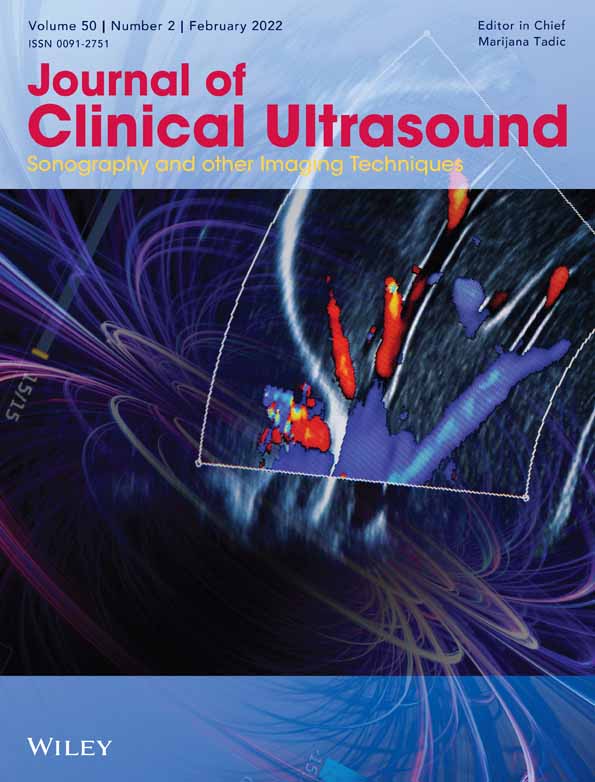Diagnostic accuracy of ultrasonography compared with magnetic resonance cholangiopancreatography in the detection of choledocholithiasis
Abstract
Purpose
The aim of this study is to compare the diagnostic accuracy of ultrasonography (US) with magnetic resonance cholangiopancreatography (MRCP) in the diagnosis of choledocholithiasis in context of laboratory blood test values.
Methods
This retrospective study included patients who underwent both MRCP and US as part of their choledocholithiasis workup. MRCP findings, reviewed by two board-certified radiologists, laboratory findings, and US reports were collected.
Results
Our study included 243 patients. On US examination 74 cases were found dilated (30.5%), while 94 cases showed dilation (38.7%) by MRCP. The overall accuracy of US was 76.1%, where 185 patients had similar MRCP and US findings, 7.8% had false positive ultrasound, and 16% had false negative ultrasound finding. The accuracy of ultrasound was significantly higher in males (p = .013). In addition, a significant difference in duct dilatation as found by ultrasound and accuracy of diagnosis (p = .01).
Conclusion
Although US has a relatively low accuracy, its properties of being cost-effective and non-invasive make it an ideal first step in the diagnosis of choledocholithiasis. If a patient has elevated liver enzymes or a high risk of choledocholithiasis, we recommend that MRCP be performed even no dilation was seen on US.
CONFLICT OF INTEREST
The authors declare no conflicts of interest.
Open Research
DATA AVAILABILITY STATEMENT
The data that support the findings of this study are available from the corresponding author upon reasonable request.




